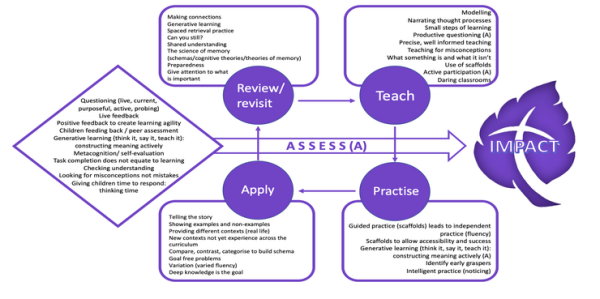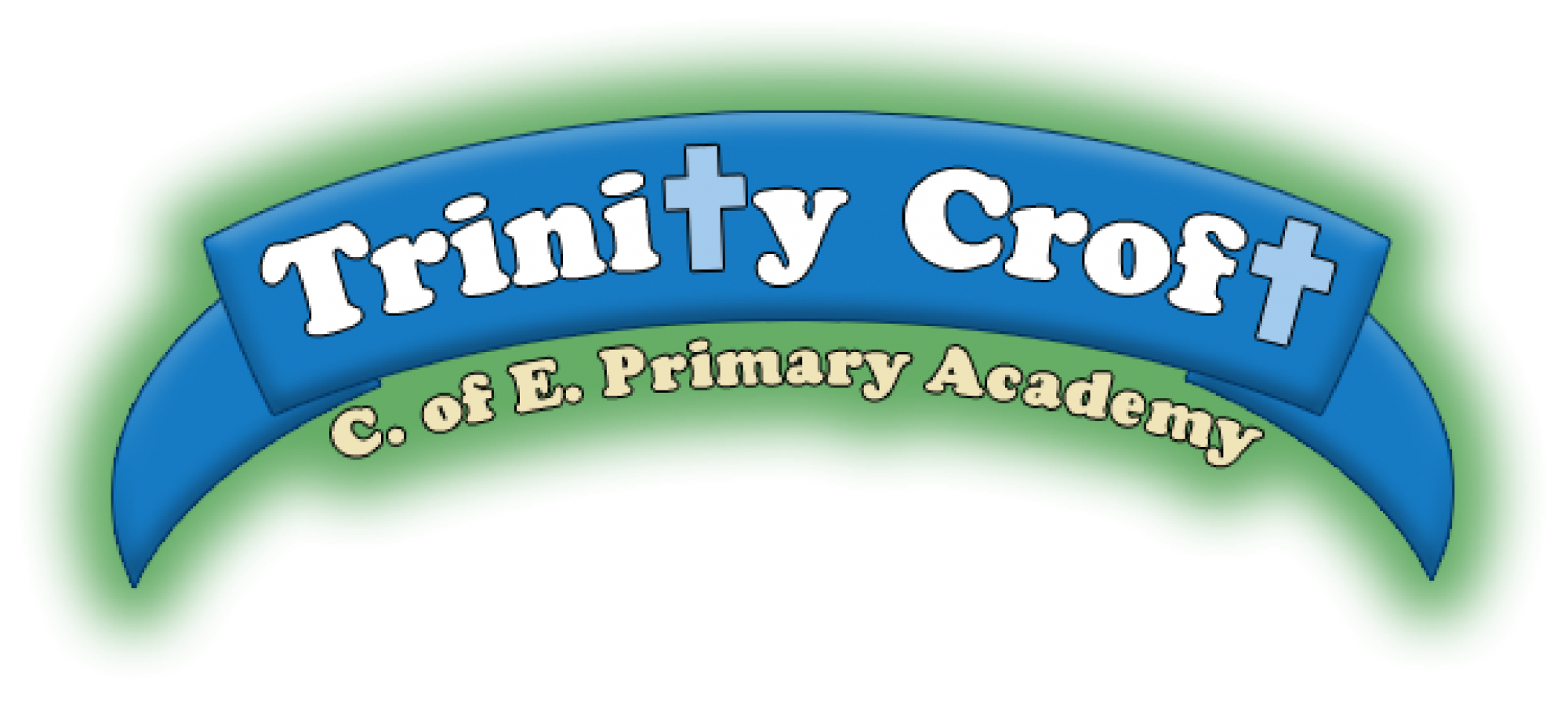The wider curriculum: an overview of our offer.
When we talk about the wider curriculum, we are thinking about subjects such as:
History, Geography, Design and Technology, Art, Modern Foreign Languages, Music, PHSE (personal, health, social and emotional), Religious Education (RE), Computing
How do we structure the wider curriculum at our school?
The National Curriculum:
We follow the National Curriculum to structure our curriculum offer, as we know that this means our curriculum is ambitious for all pupils. You can find a link to the National Curriculum here:
https://www.gov.uk/government/collections/national-curriculum
Structuring our curriculum offer:
We teach each of the wider curriculum subjects discretely at our school.
For each subject, we have thought carefully about how we sequence learning over time and have broken down learning into small steps or building blocks, starting from when children enter primary school until they leave. At each step, we consider what specific knowledge and understanding we want our pupils to know and remember at each stage of their learning and in each subject. The end of the Foundation Stage, KS1, Lower KS2 and Upper KS2 are key end points for each of these building blocks of our curriculum. We know what we want our pupils to know and remember at each of these end points, focusing on what will be most useful to them, and have sequenced lessons over time to reach those end points.

When we talk about how we have structured our curriculum offer, we call this curriculum intent. Curriculum intent includes the specific details of what we intend our pupils to learn at each stage in their school journey. What pupils know, remember and can do indicates how well they can achieve (progress).
In our curriculum pages, we have included for you samples of our curriculum documents for each subject, so that you can understand what our curriculum intent looks like in geography, history and all the other subjects we teach.
Gaining Knowledge
Our curriculum has been carefully designed so that pupils gain more knowledge over time. Some knowledge is very important, and we return to this regularly to help it ‘stick’ in children’s memory. For example, it is crucial that children automatically know the number facts that combine to make 10 (2+8, 3+7 etc). Knowing these number facts allow pupils to make links with many areas of number throughout their school life, so we revisit this learning regularly in the first few years of school to make sure this knowledge is ‘sticky’.
Knowledge is divided into two types:
Substantive Knowledge: This refers to specific facts to be learned, such as, for example, the names of the countries in the United Kingdom (geography), or in history key facts about an historic event such as World War 1. In our curriculum pages, we have given you examples of the substantive knowledge that pupils need to know and remember at each stage in their learning and in each subject. Substantive knowledge refers to knowing ‘what’ specific facts need to be remembered.
Disciplinary Knowledge: Whereas substantive knowledge is about ‘what’ facts, disciplinary knowledge is about knowing ‘how’. For example, in music I can know that a minim is the equivalent of 2 beats, a quaver a half beat and a semi-breve four beats (substantive facts), but disciplinary knowledge helps me use this information to clap a rhythm accurately having read it on a musical stave. Sometimes people refer to disciplinary knowledge as skills.
In our curriculum pages, you will see examples of how we have identified the specific substantive knowledge and disciplinary knowledge we want our children to know, remember and use over time.
Knowledge and links with reading and vocabulary acquisition:
We believe that knowledge gained also plays an important part in pupils gaining reading comprehension, and therefore, as we know that reading is so important, we place great emphasis on ensuring knowledge of the wider curriculum is sticky. We know that when pupils read and engage in reading comprehension activities, reading comprehension is dependent on knowledge of the subject being read. What we know allows us to read and understand what we have read. Knowledge learned across the wider curriculum facilitates comprehension. It also helps our pupils gain a broader vocabulary. We know that children are exposed to a richer vocabulary base when they access a broad curriculum, and this is very important to their future success. In our curriculum intent (plans), we have outlined the specific vocabulary children need to know, use and remember at each stage in their learning (see our curriculum pages).
Starting the knowledge journey:
Our curriculum planning starts in Early Years. In Reception, we begin to lay the foundations of the wider curriculum through our Early Years curriculum offer. In Knowledge of the World, for example, children learn about the layout of school and their immediate environment when they start to understand early map work (the foundations of the geography curriculum). On our curriculum pages and Early Years pages we have provided more examples and information about our curriculum intent for early years. We start this journey in early years for two main reasons:
Access to a rich curriculum broadens children’s exposure to a wealth of vocabulary, which we know to be of crucial importance in the early years.
Laying the foundations for the wider curriculum prepares children for transition to Year One.
Making sure knowledge is sticky:
When we have designed our curriculum, we have made sure the following applies to enable pupils to retain the important substantive knowledge and disciplinary knowledge:
Prior knowledge is identified and built upon.
At each stage in the school journey, teachers make sure that they understand what prior learning has taken place and how well children have remembered it. They revisit prior learning, particularly at the start of a unit of work but also at other stages in the learning process, to make sure that they are building new learning on secure foundations.
Making links with other learning.
We know that knowledge ‘sticks’ when links are made between subjects. Webs of knowledge are created in our memories (schema) when we create meaningful links between learning. The more we introduce pupils to related content, the deeper knowledge will be. Key concepts in each subject are revisited over time and can be seen in our curriculum plans, which have the effect of making these links and building webs of knowledge. You will see some of these key concepts in our curriculum planning on curriculum pages.
Making sure that the way we implement our curriculum plans places emphasis on the most recent research into how to optimise the science of memory.
We understand that learning is defined as an alteration in long term memory. If nothing is altered in long term memory, then nothing has been learned. Therefore, we train our teachers to use teaching strategies informed by the most up to date research into memory. We have a clearly defined DSAT teaching strategy which deploys these strategies: we called it our DSAT Teach Simply Model.

When we implement our curriculum plans, we know that knowledge is more likely to be remembered over time when we use strategies from our Teach Simply model. Examples include retrieval practice, generative learning strategies and paying attention to not overloading the working memory.
Progress of pupils:
How do we consider progress when we are thinking about the wider curriculum?
We focus on two aspects:
As children know and remember more across the curriculum area, they are making progress
When children learn what we have intended them to learn (curriculum intent).
When we assess pupils’ progress, then, we talk to them about what they know and we look in books to see what they can do and remember, and we check to make sure this matches the curriculum we have implemented.
We assess at all stages of the learning process:
Assessment for learning: assessing as we teach by observing and questioning to inform next steps needed for each pupil.
Assessment as learning: using some of these ongoing assessment strategies to consolidate learning and help children deepen knowledge in long term memory (for example, asking children to brainstorm everything they have just learned about the Vikings will help us find out what they know, where the gaps are to inform future teaching but will also help children remember more in the future as knowledge will become increasingly sticky when using strategies such as these).
Assessment of learning: Capturing at key end points precisely what children have remembered over time (we called this summative assessment).
We hope that this overview has provided insight into how we structure our wider curriculum offer (intent), how we implement it (implementation) and how we measure impact (assessment).

